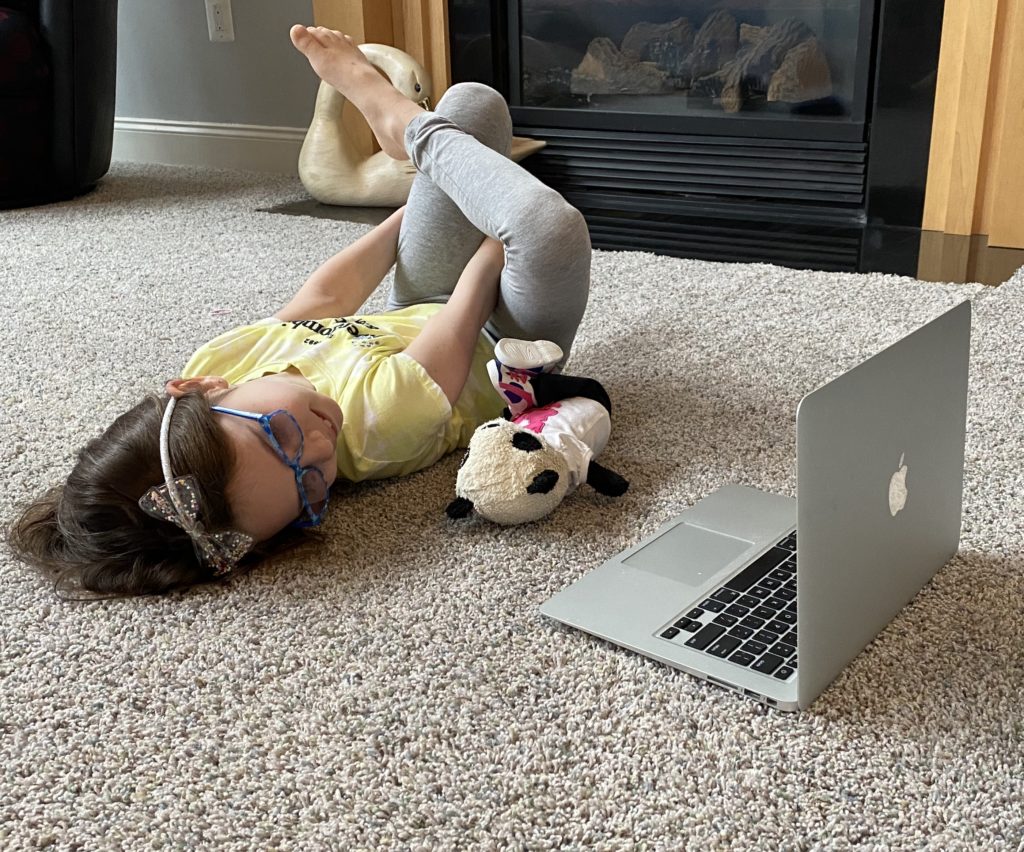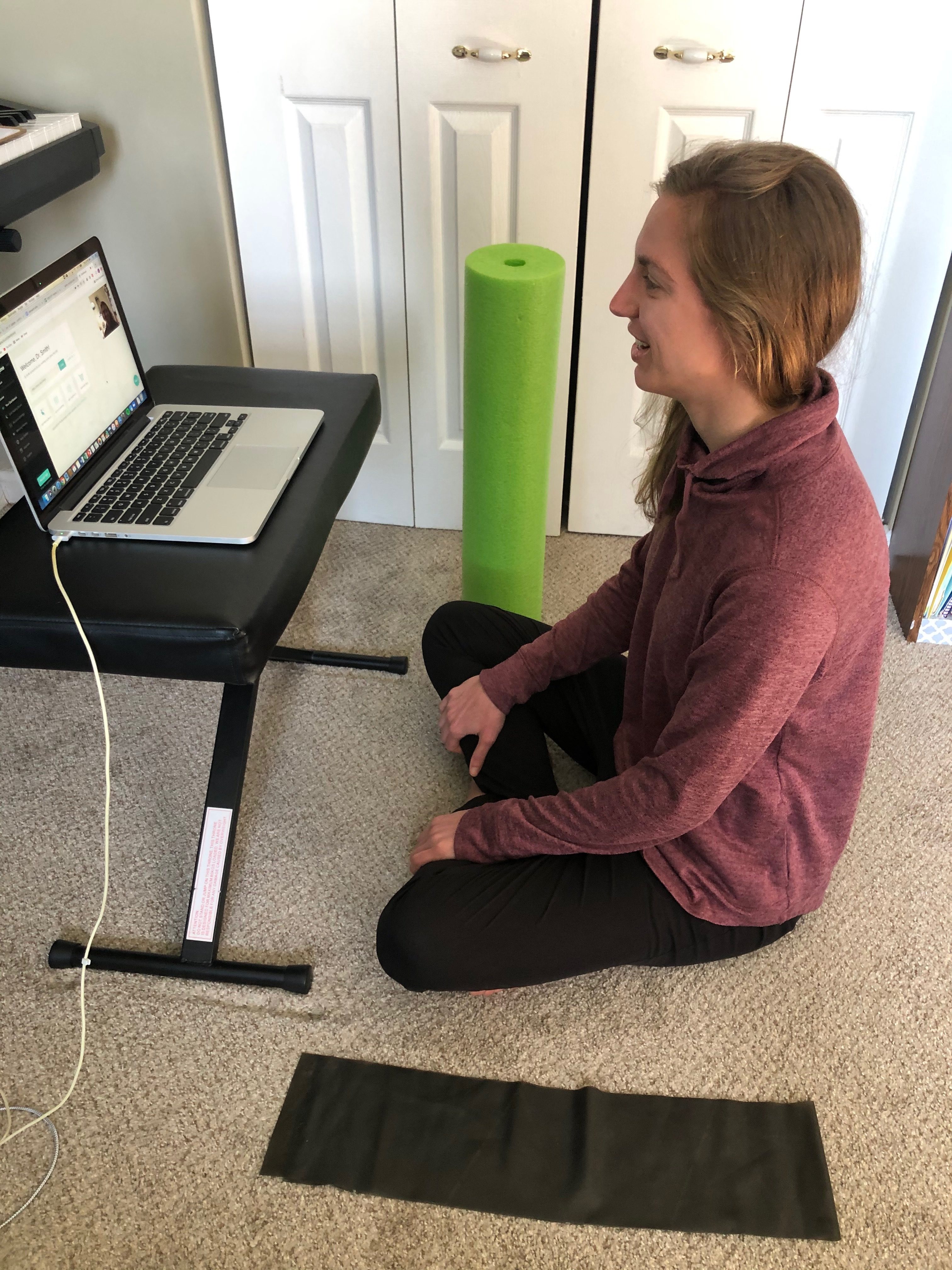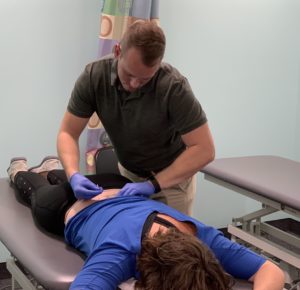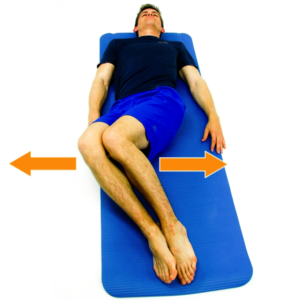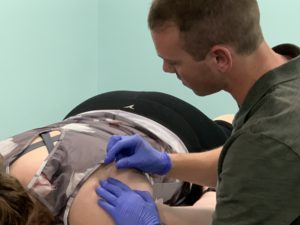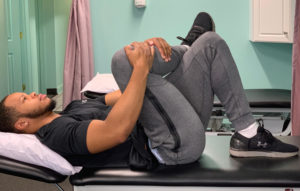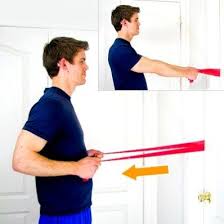You can perform these telehealth sessions in any part of your home. Your physical therapist can adapt your session to the space available. During a typical telehealth session, the patient will perform exercises in a variety of positions, including laying on their back/stomach/side, sitting in a chair or at the edge of a bed, and standing. Therefore, an area large enough for the patient to change positions is ideal. If the patient has the capability to use a camera phone, a laptop, or other portable technology, the patient is able to move to different places around the house during the session as necessary to complete the exercises. As always, please let your PT know if you feel uncomfortable performing an exercise or feel you do not have space adequate for performing the exercise, as there are other variations of the exercise you can try instead. We want you to feel as comfortable as possible during your session!
Written by: Dr. Chloe Smith
Staff Physical Therapist at HPT

